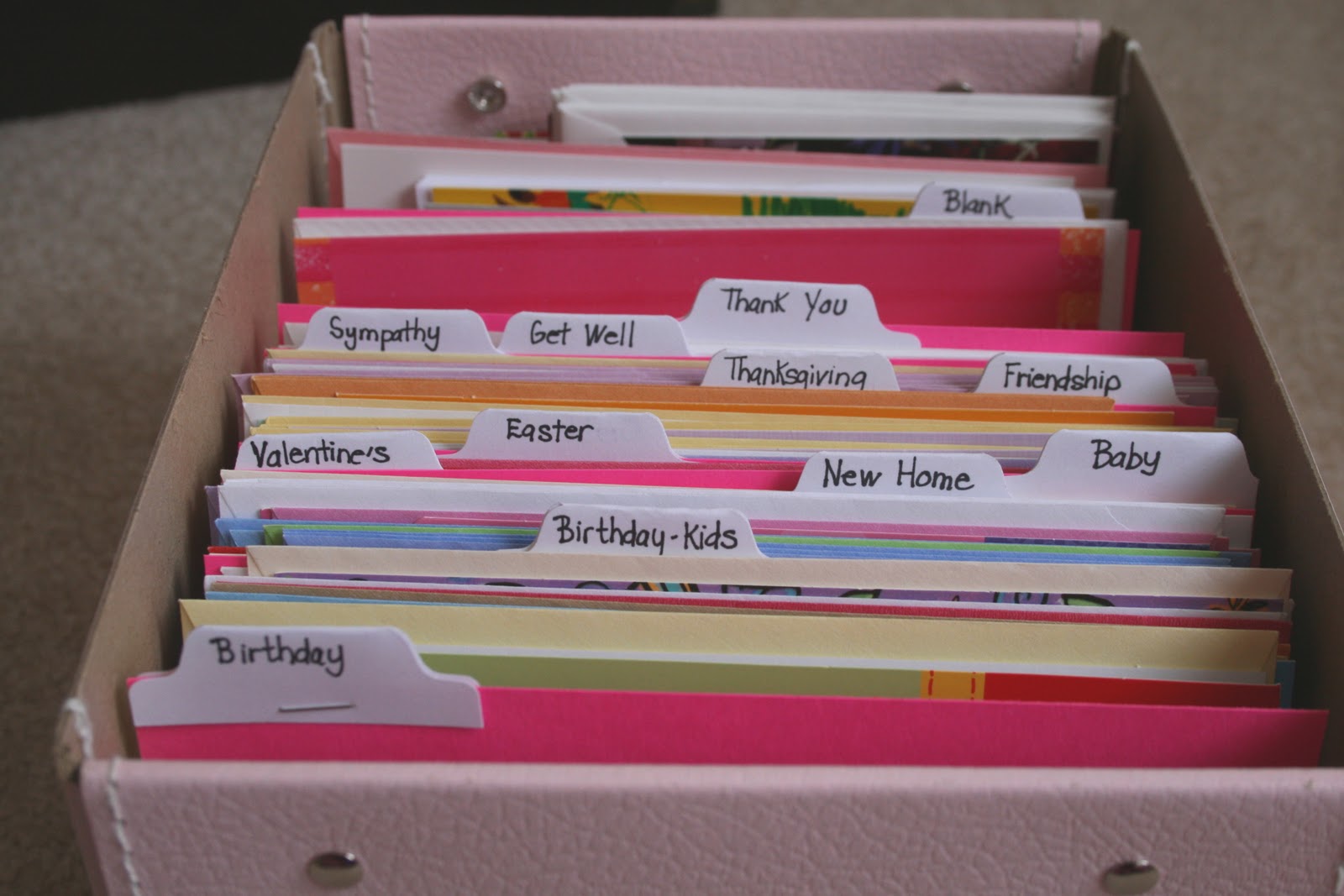

Articles
How To Store Old Cards And Letters
Modified: December 7, 2023
Learn the best ways to store and preserve your old cards and letters with these helpful articles. Keep your cherished memories intact for years to come.
(Many of the links in this article redirect to a specific reviewed product. Your purchase of these products through affiliate links helps to generate commission for Storables.com, at no extra cost. Learn more)
Introduction
Over the years, we accumulate a multitude of cherished memories through handwritten letters, heartfelt cards, and personal notes. These pieces of paper hold sentimental value and act as a time capsule, capturing moments and emotions from our past. However, without proper storage and preservation, these precious artifacts can deteriorate over time.
In this article, we will explore the best practices for storing old cards and letters, ensuring their longevity and protecting the memories they hold dear. By following these steps, you can safeguard your treasured collection and continue to relive those special moments for years to come.
Key Takeaways:
- Safeguard your cherished memories by gathering archival-quality supplies, sorting and organizing your collection, and cleaning and preserving old cards and letters for longevity and easy access.
- Choose the right storage options, label and categorize your collection, and store it in a safe, dry location to ensure the continued preservation of your treasured cards and letters.
Read more: How To Store Old Letters And Cards
Step 1: Gather Supplies
Before you embark on storing your old cards and letters, it’s important to gather the necessary supplies. Having the right tools will make the process smoother and ensure that your items remain well-preserved. Here are the essential supplies you’ll need:
- Archival-quality storage boxes: Look for acid-free and lignin-free storage boxes specifically designed for preserving paper documents. These boxes are made from materials that won’t damage or degrade your cards and letters over time.
- Acid-free tissue paper: Use acid-free tissue paper to separate and protect each card or letter within the storage box. This will prevent any ink transfer or damage caused by friction between the items.
- Archival sleeves or envelopes: Consider using archival-quality sleeves or envelopes for extra protection. These transparent sleeves will shield your cards and letters from dirt, dust, and moisture while still allowing you to easily view and access them.
- Cotton gloves: When handling your old cards and letters, wear clean, cotton gloves to prevent oils and dirt from transferring onto the paper. This will help maintain the integrity of the items and prevent any potential damage.
- Soft-bristle brush: A soft-bristle brush will come in handy for gently removing any loose dirt or dust particles from the cards and letters without causing any abrasions.
Gathering these supplies beforehand will ensure that you have everything you need to properly store and protect your old cards and letters. With these tools at your disposal, you can move on to the next step of sorting and organizing your collection.
Step 2: Sorting and Organizing
Sorting and organizing your collection of old cards and letters is an important step in preserving and accessing them in the future. This process allows you to categorize and prioritize the items based on their importance, significance, or any other criteria you choose. Follow these steps to effectively sort and organize your collection:
- Set aside dedicated time: Allocate a specific time period to focus solely on sorting and organizing your cards and letters. Create a calm and distraction-free environment where you can concentrate on the task at hand.
- Assess your collection: Start by gathering all of your cards and letters in one place. Carefully go through each item, reflecting on its sentimental value and deciding whether you want to keep it or part with it. Consider factors such as the emotional connection, the significance of the message, and the person who sent it.
- Create categories: Once you have assessed your collection, create categories based on themes, relationships, or time periods. For example, you could have categories such as “family,” “friends,” “special occasions,” or “correspondence from a specific era.”
- Organize within categories: Within each category, further organize the cards and letters chronologically or by another logical order, such as by sender or event. This will make it easier to locate specific items in the future.
- Make digital copies (optional): If you are concerned about the longevity of the physical copies, consider making digital copies of the cards and letters. This will serve as an additional backup and ensure that you have a digital record of these memories.
By going through the process of sorting and organizing your cards and letters, you not only create a systematic and easily accessible collection, but you also have the opportunity to relive the memories associated with each item. Once you have organized your collection, it’s time to move on to the next step: cleaning and preserving.
Step 3: Cleaning and Preserving
Before storing your old cards and letters, it’s essential to ensure that they are clean and in the best possible condition. Cleaning and preserving these items will help prevent further deterioration and maintain their integrity. Here’s how to clean and preserve your cards and letters:
- Handle with care: Always handle your cards and letters gently, using clean and dry hands or wearing cotton gloves to avoid transferring oils or dirt onto the paper. This will help preserve the quality and prevent any potential damage.
- Remove surface dirt: Use a soft-bristle brush or a clean and dry microfiber cloth to gently remove any loose dirt or dust particles from the surface of the cards and letters. Take care not to press too hard to avoid causing any scratches or tears.
- Address stuck or adhesive residue: If there are any stickers, adhesive residue, or sticky substances on the cards or envelopes, use a gentle adhesive remover or a small amount of isopropyl alcohol to dissolve and clean them. Test the solution on a small inconspicuous area first to ensure that it doesn’t damage the paper or ink.
- Repair tears or damages (optional): If you have cards or letters with tears or damages that you wish to repair, use acid-free archival tape or glue specifically designed for paper conservation. Consult a professional conservator if you are unsure or hesitant about repairing the items yourself.
- Protect fragile elements: If your cards or letters have delicate elements like ribbon, lace, or metallic accents, protect them by gently wrapping acid-free tissue paper around those areas. This will prevent them from getting snagged or damaged during storage.
- Consider preservation methods: For particularly fragile or valuable items, you may want to consider additional preservation methods, such as encapsulating them in archival-grade polyester sleeves or using acid-free folders to provide extra protection against environmental factors.
By taking the time to clean and preserve your old cards and letters, you ensure their longevity and maintain their sentimental and historical value. These steps will help you prepare the items for the next stage: choosing the right storage options.
Step 4: Choosing the Right Storage Options
When it comes to storing old cards and letters, choosing the right storage options is crucial for preserving their condition and protecting them from deterioration. Here are some considerations to keep in mind when selecting the appropriate storage options:
- Acid-free storage boxes: Invest in acid-free, lignin-free storage boxes that are specifically designed for preserving paper documents. These boxes are made from materials that won’t release harmful acids or chemicals, which can cause yellowing, fading, or degradation of the cards and letters.
- Archival sleeves or envelopes: Consider placing your cards and letters in individual archival-quality sleeves or envelopes for added protection. These transparent sleeves will safeguard the items from dust, moisture, and other environmental elements while still allowing you to view and handle them easily.
- Temperature and humidity control: Store your collection in a cool, dry, and stable environment. Avoid areas prone to extremes in temperature and humidity, such as attics, basements, or areas near windows. Fluctuations in these conditions can accelerate the deterioration process.
- Avoid direct sunlight: Exposure to direct sunlight can cause fading and damage to the paper and ink. Choose a storage location away from windows or use UV-filtering shades or curtains to minimize the amount of sunlight that reaches the storage area.
- Elevate from the ground: Keep your storage boxes off the ground to prevent potential damage from moisture or pests. Use shelves, racks, or other elevated surfaces to store the boxes securely.
- Consider climate-controlled storage: If you have a large collection of valuable or delicate cards and letters, you may want to consider investing in a climate-controlled storage unit. These units provide stable temperature and humidity levels, ensuring optimal preservation of your items.
By carefully selecting the right storage options, you can create a safe and controlled environment for your old cards and letters. This will significantly reduce the risk of damage and deterioration, preserving your cherished memories for generations to come.
Store old cards and letters in acid-free archival boxes or folders to prevent yellowing and deterioration. Keep them in a cool, dry place away from direct sunlight to preserve them for years to come.
Read more: How To Store Cards And Letters
Step 5: Labeling and Categorizing
Labeling and categorizing your stored cards and letters is essential for easy retrieval and organization. Properly labeling your collection will provide clarity and ensure that you can locate specific items quickly. Here are some steps to help you effectively label and categorize your stored cards and letters:
- Create a labeling system: Decide on a labeling system that works best for you. You can use categories, themes, time periods, or a combination of these to label your storage boxes, sleeves, or envelopes. The goal is to create a logical and consistent system that makes sense to you and anyone else who may access your collection.
- Label the storage boxes: Use archival-safe labels or acid-free markers to label the storage boxes. Clearly indicate the contents of each box, such as the category or the time period covered by the cards and letters stored inside.
- Label individual sleeves or envelopes: If you are using individual archival sleeves or envelopes for each card or letter, consider labeling them to provide more detailed information. You can include the names of senders, dates, events, or any other relevant information that will help you identify and locate specific items in the future.
- Create an inventory list: It can be helpful to create an inventory list detailing the contents of each storage box. This will serve as a quick reference guide that can assist you in locating specific cards or letters without having to go through each item individually.
- Keep a digital record (optional): Consider creating a digital record of your collection by scanning or photographing each card and letter. This provides a convenient backup and allows for easy searching and sharing of the items.
By labeling and categorizing your stored cards and letters, you make it easier to locate and appreciate the specific items you’re looking for. A well-organized and clearly labeled collection ensures that you can enjoy and share these memories without any hassle or confusion.
Step 6: Store in a Safe and Dry Location
Once you have properly labeled and categorized your cards and letters, it’s time to store them in a safe and dry location. Choosing the right storage location is crucial for the long-term preservation of your items. Here are some key considerations for storing your collection:
- Avoid areas prone to moisture: Moisture can lead to mold, mildew, and deterioration of the paper. It is important to choose a storage location that is dry and well-ventilated, avoiding areas like basements or bathrooms.
- Control the temperature: Extreme temperature fluctuations can cause damage to the cards and letters. Opt for a storage area that maintains a stable temperature, avoiding locations that are exposed to excessive heat or cold.
- Minimize exposure to light: Direct sunlight and excessive light exposure can fade the colors and degrade the paper. Store your collection away from windows or use UV-filtering window coverings to protect it from harmful rays.
- Protect from pests: Ensure that your storage area is free from pests, such as insects or rodents, that could cause damage to your collection. Consider using pest deterrents or placing your storage boxes in sealed plastic containers for added protection.
- Elevate from the floor: Keep your storage boxes off the floor by using shelves or elevated platforms. This helps protect them from potential water damage due to floods or leaks.
- Monitor humidity levels: Invest in a hygrometer to monitor the humidity levels in your storage area. Aim for a relative humidity level between 30% and 50% to prevent the growth of mold and maintain the integrity of the paper.
- Regularly inspect and maintain: Periodically check the condition of your stored cards and letters to ensure that there are no signs of damage or pests. If necessary, take the appropriate steps to address any issues promptly.
By storing your old cards and letters in a safe and dry location, you are protecting them from potential damage and ensuring their longevity. This final step in the storage process sets the stage for the continued preservation of your cherished memories.
Step 7: Monitoring and Maintenance
After you have stored your old cards and letters in a safe and dry location, it’s important to regularly monitor and maintain their condition. This step will help ensure that your collection remains well-preserved and protected over time. Here are some guidelines for effectively monitoring and maintaining your stored cards and letters:
- Regular visual checks: Periodically inspect your storage boxes for any signs of damage, such as water stains, mold, or insect infestation. If you detect any issues, take immediate action to address them.
- Ensure proper storage conditions: Continuously monitor the temperature and humidity levels in your storage area. Adjust if necessary to maintain a stable environment for your collection.
- Handle with care: Whenever you need to access your stored cards and letters, ensure that you handle them with clean, dry hands or wear cotton gloves to prevent oil and dirt transfer. Avoid bending or folding the items and take caution not to drop or mishandle them.
- Reevaluate storage options: As time goes on, you may need to reevaluate your storage options. If your collection expands, consider acquiring more acid-free storage boxes or reorganizing the categorization system to accommodate the new items.
- Regularly update inventory lists: Keep your inventory lists up to date as you add new cards and letters or remove any items from your collection. This will ensure that you have an accurate record of everything stored in your collection.
- Consider digital backups: If you want to provide an extra layer of protection for your cards and letters, you can consider creating digital backups by scanning or photographing them. Store these digital copies on a secure and reliable storage medium.
- Consult a professional conservator (if needed): If you notice significant damage or have valuable items in your collection, it may be advisable to consult a professional conservator. They can provide expert advice on restoration techniques or preservation methods tailored specifically to your collection.
By actively monitoring the condition of your stored cards and letters and performing regular maintenance, you can ensure that your collection remains in the best possible condition. This final step will help preserve your cherished memories for many years to come.
Conclusion
Preserving and storing old cards and letters is a way to safeguard the sentimental value and cherished memories they hold. By following the steps outlined in this article, you can ensure that your collection remains well-preserved and protected for years to come.
Starting with gathering the necessary supplies, such as acid-free storage boxes, archival sleeves, and cotton gloves, you can create a safe environment for your cards and letters. Sorting and organizing them allows you to categorize and prioritize based on their significance, making them easily accessible in the future.
Cleaning and preserving your items ensures their longevity. By handling them with care, removing dirt and debris, and addressing any repairs or damages, you can maintain the integrity of the cards and letters. Choosing the right storage options, such as acid-free boxes and archival sleeves, and storing them in a safe and dry location further protects them from environmental factors.
Labeling and categorizing your collection allows for easy retrieval and organization. Creating a labeling system and keeping an inventory list will help you locate specific items quickly. Regularly monitoring and maintaining your stored cards and letters, both visually and through proper storage conditions, ensures that they remain in optimal condition.
In conclusion, by dedicating time and effort to store old cards and letters properly, you can preserve the memories, sentiments, and connections they hold. With proper care and storage, your collection becomes a treasure trove of personal history for you to revisit and share with future generations.
Remember, these steps are not just about preserving physical items but also about honoring the emotions and memories they represent. Treat each card and letter with the respect it deserves and cherish the moments they capture.
Frequently Asked Questions about How To Store Old Cards And Letters
Was this page helpful?
At Storables.com, we guarantee accurate and reliable information. Our content, validated by Expert Board Contributors, is crafted following stringent Editorial Policies. We're committed to providing you with well-researched, expert-backed insights for all your informational needs.
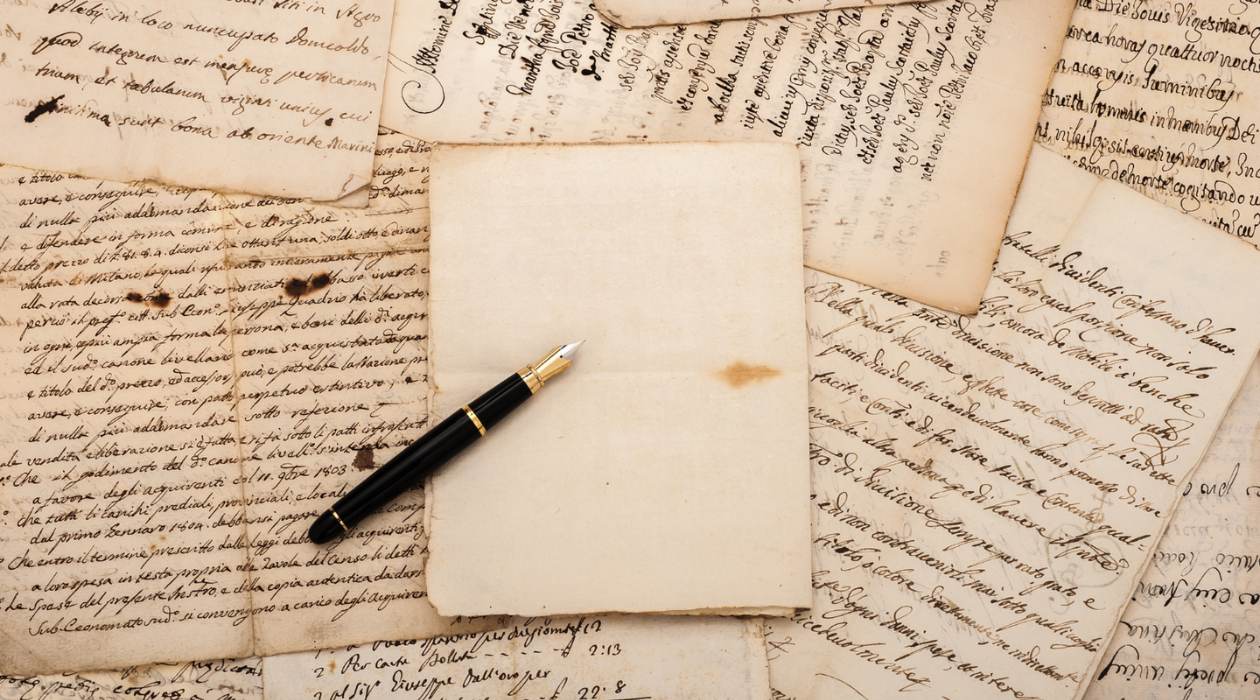
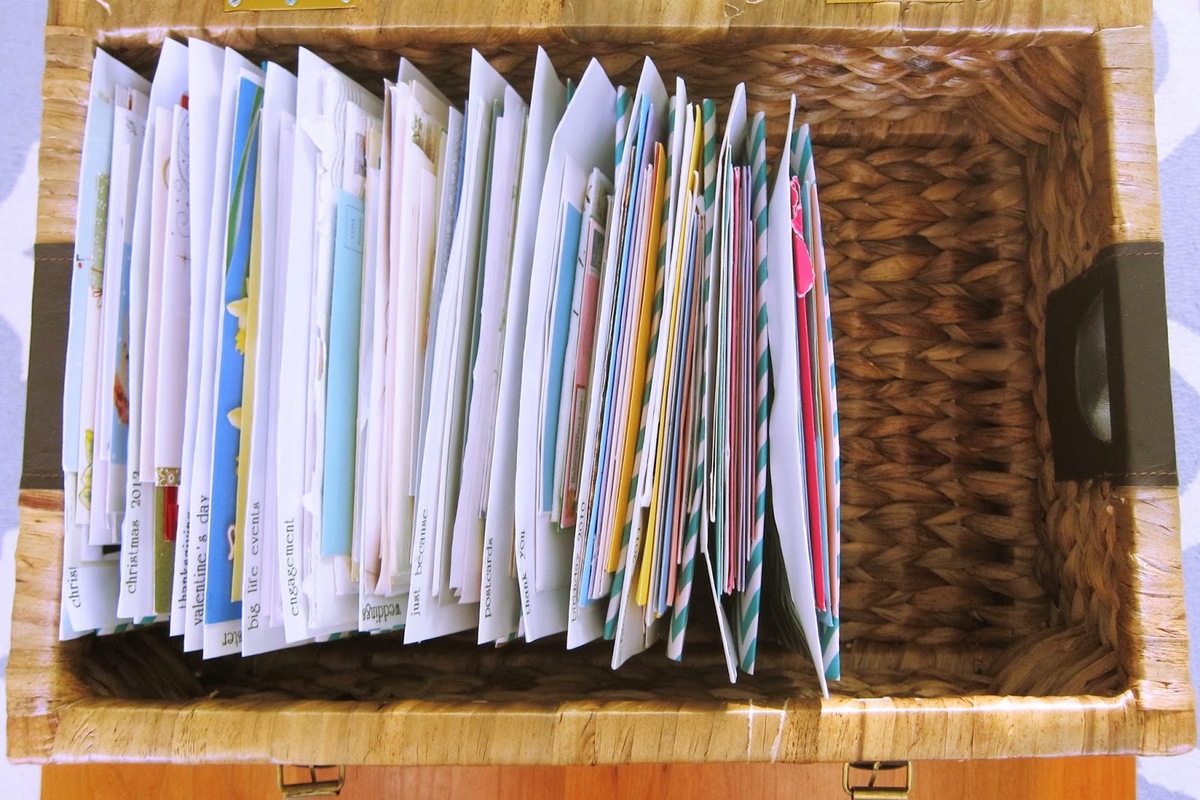
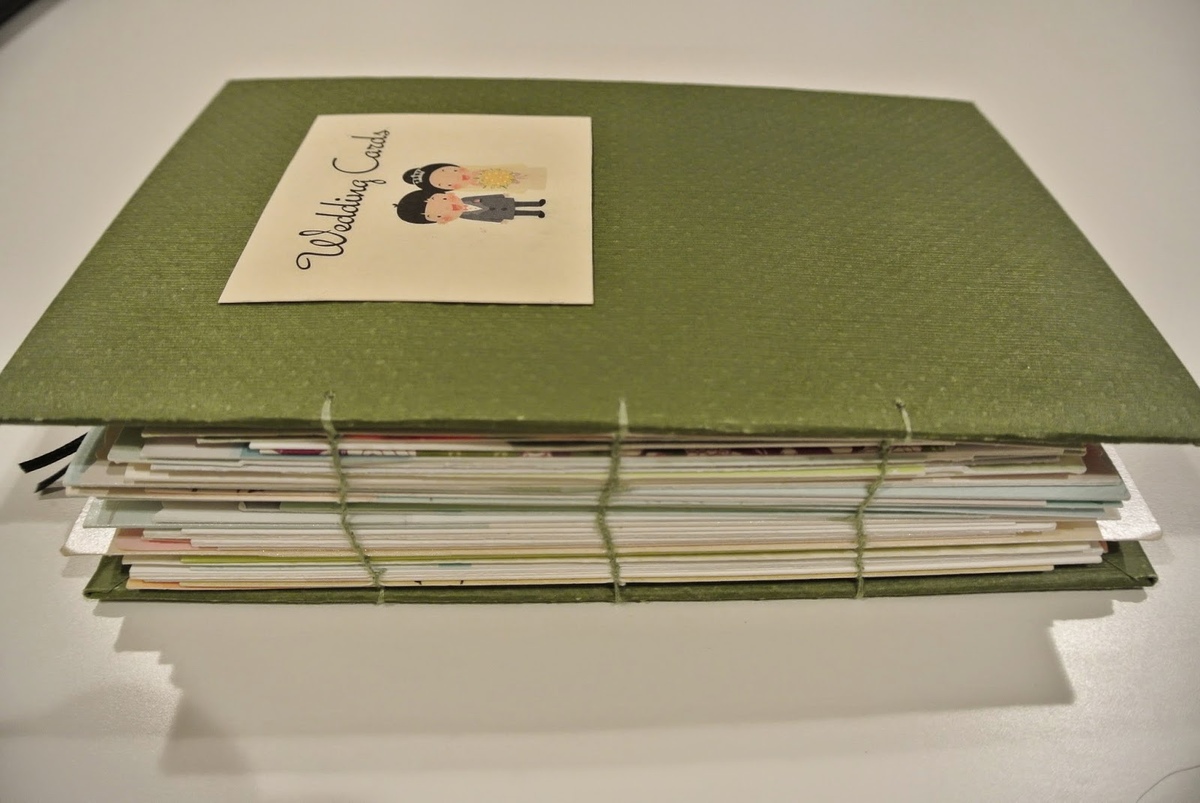
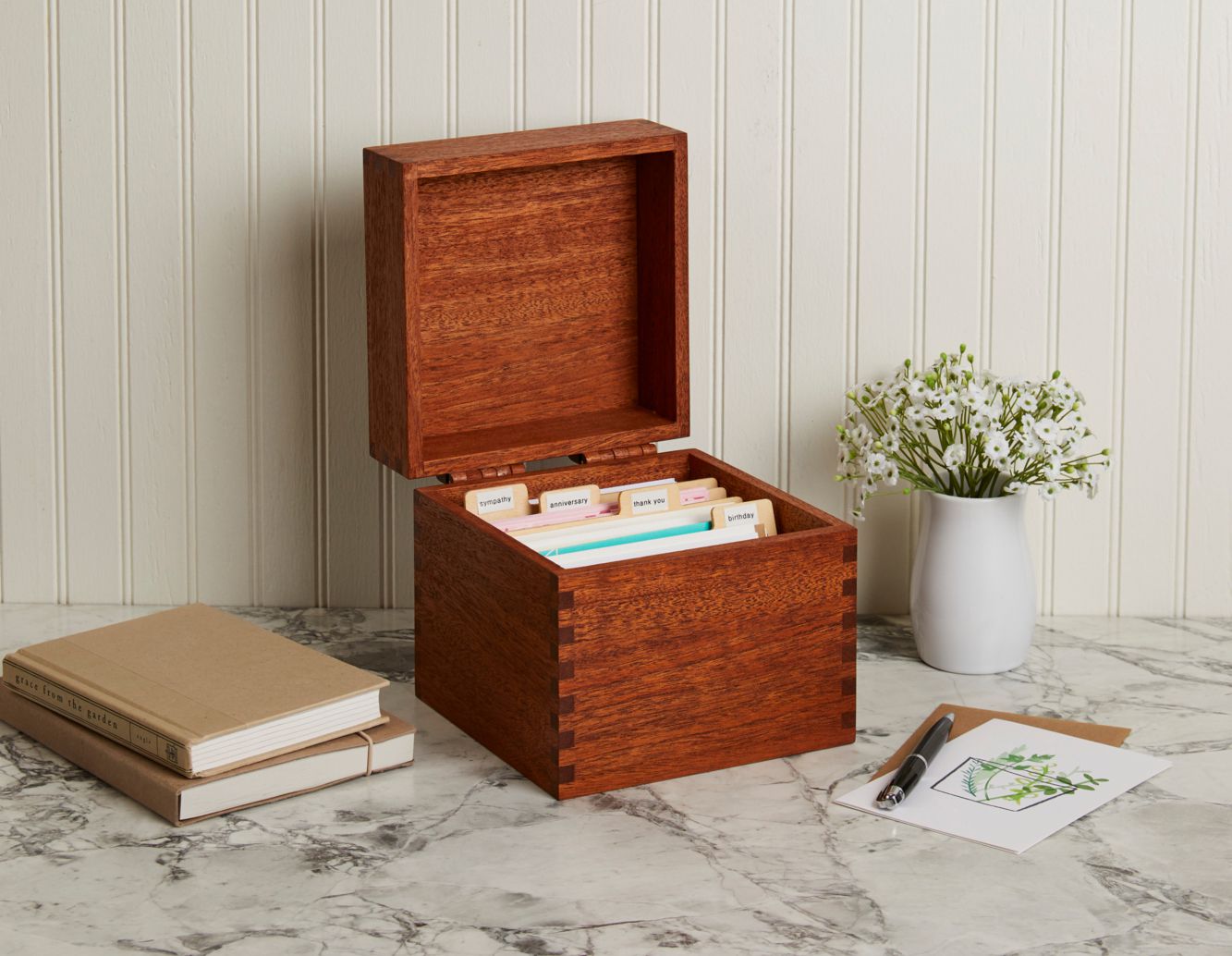
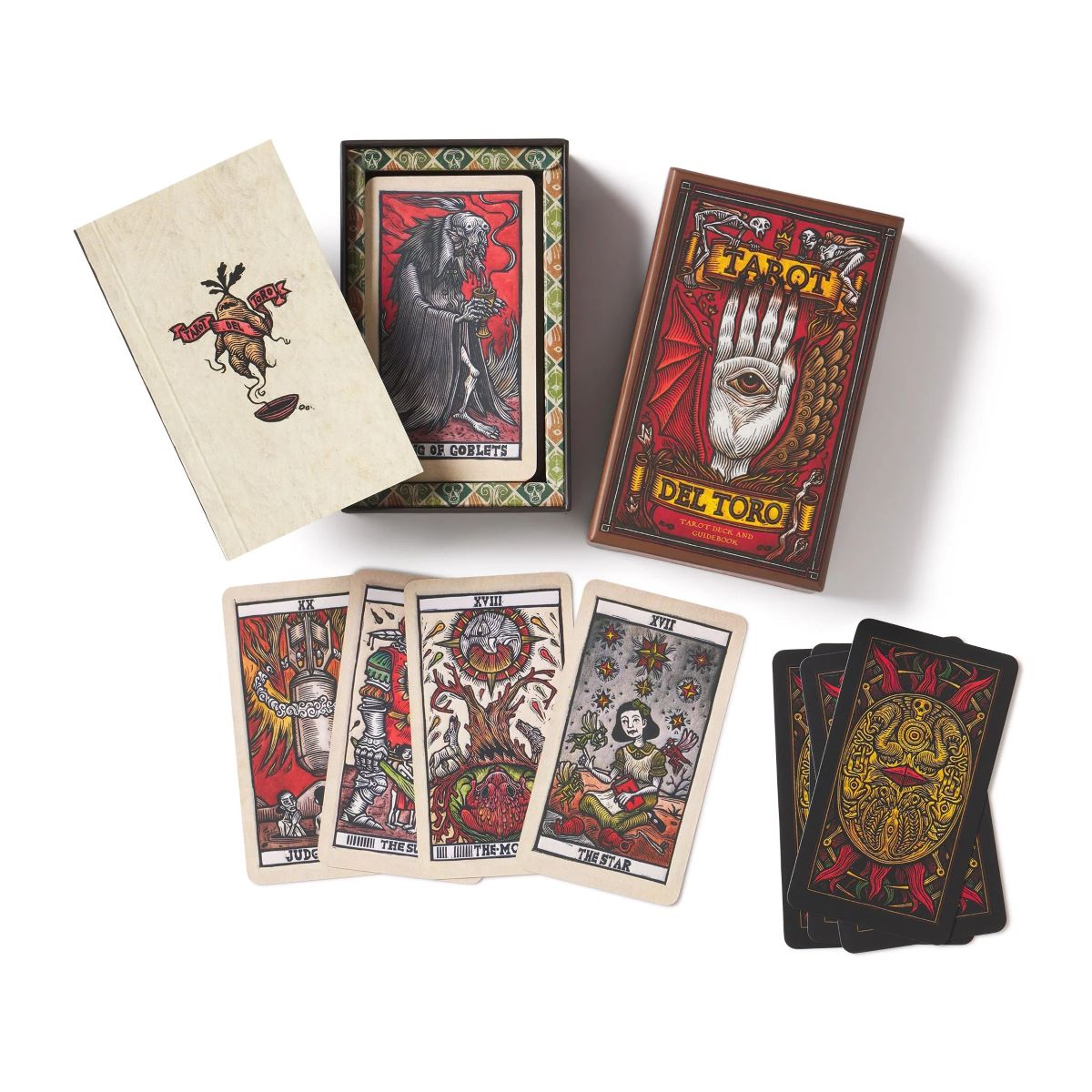
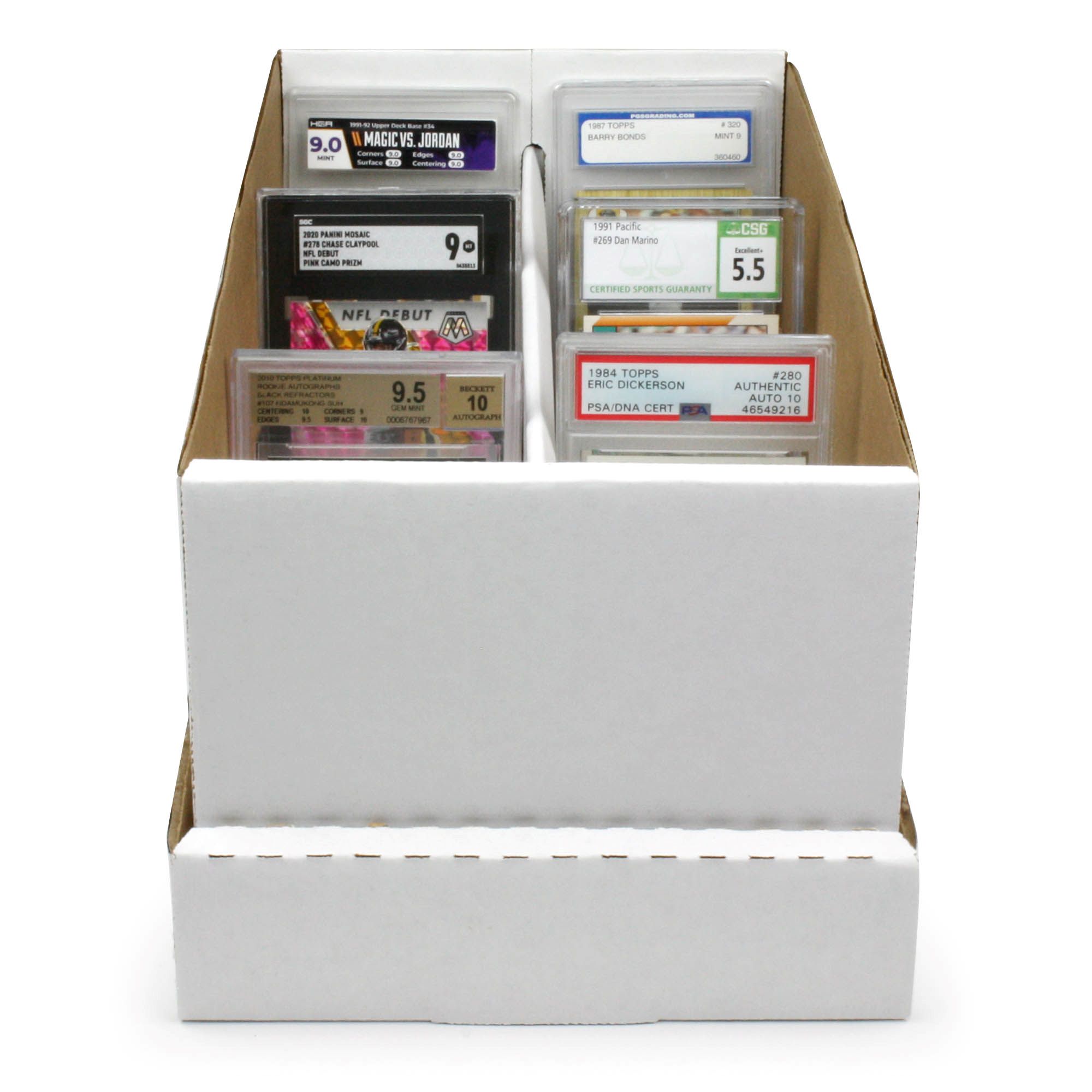

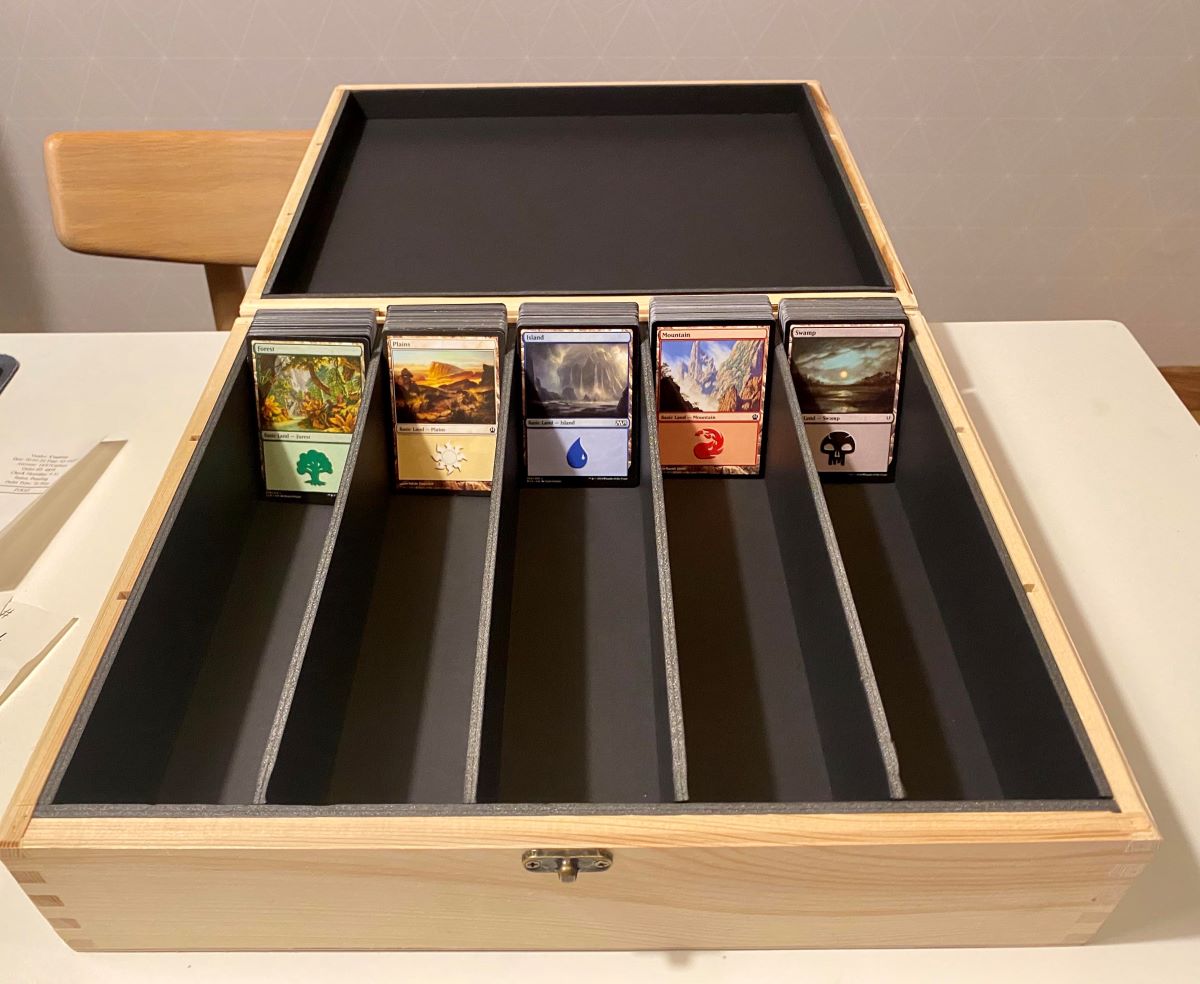
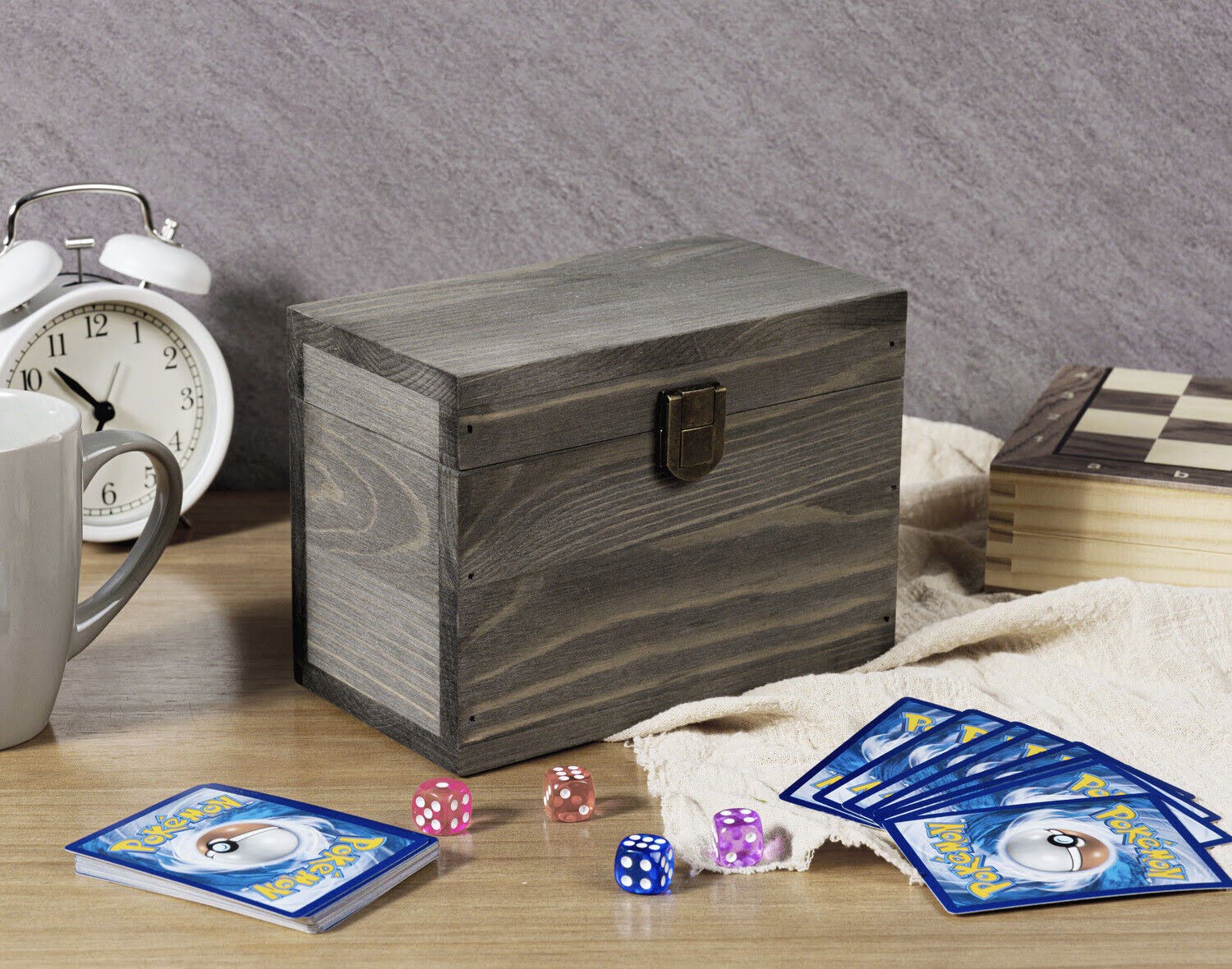
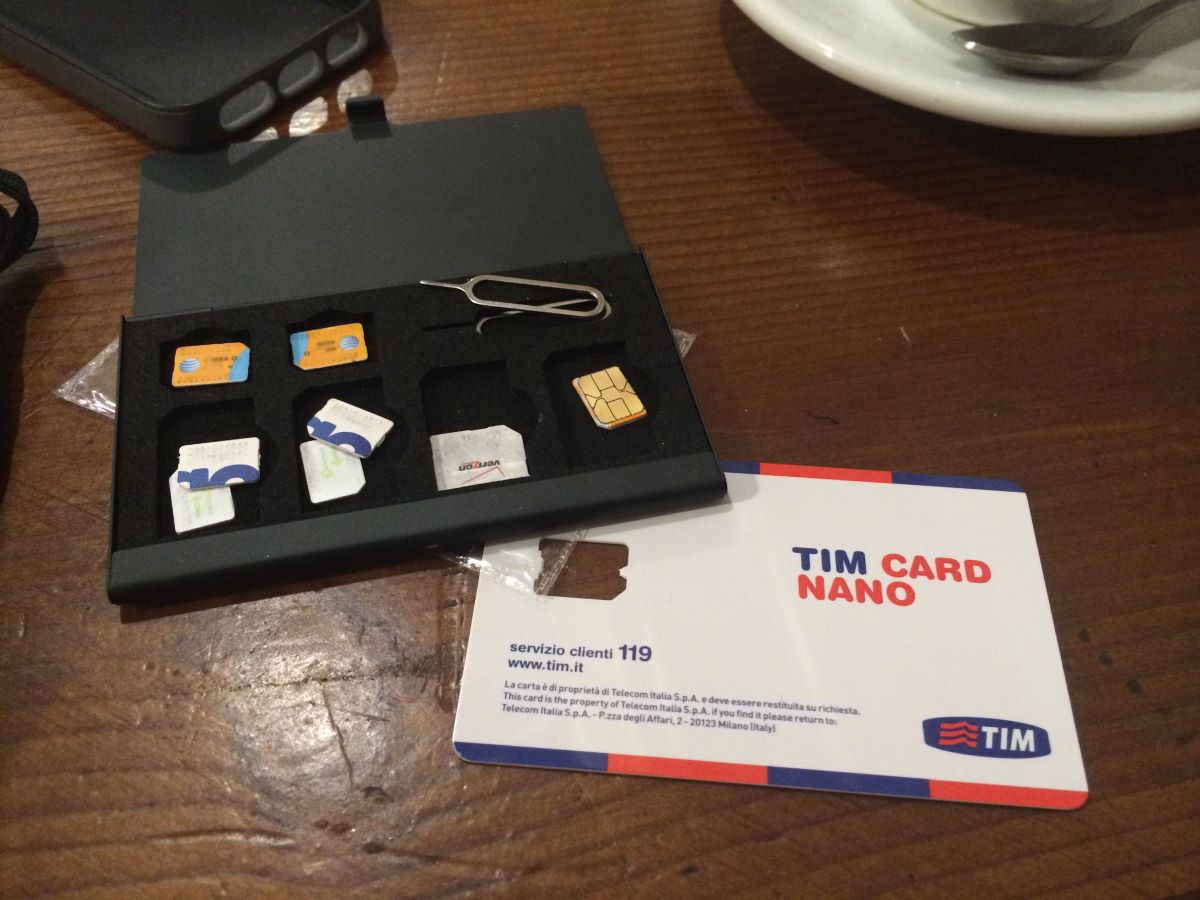
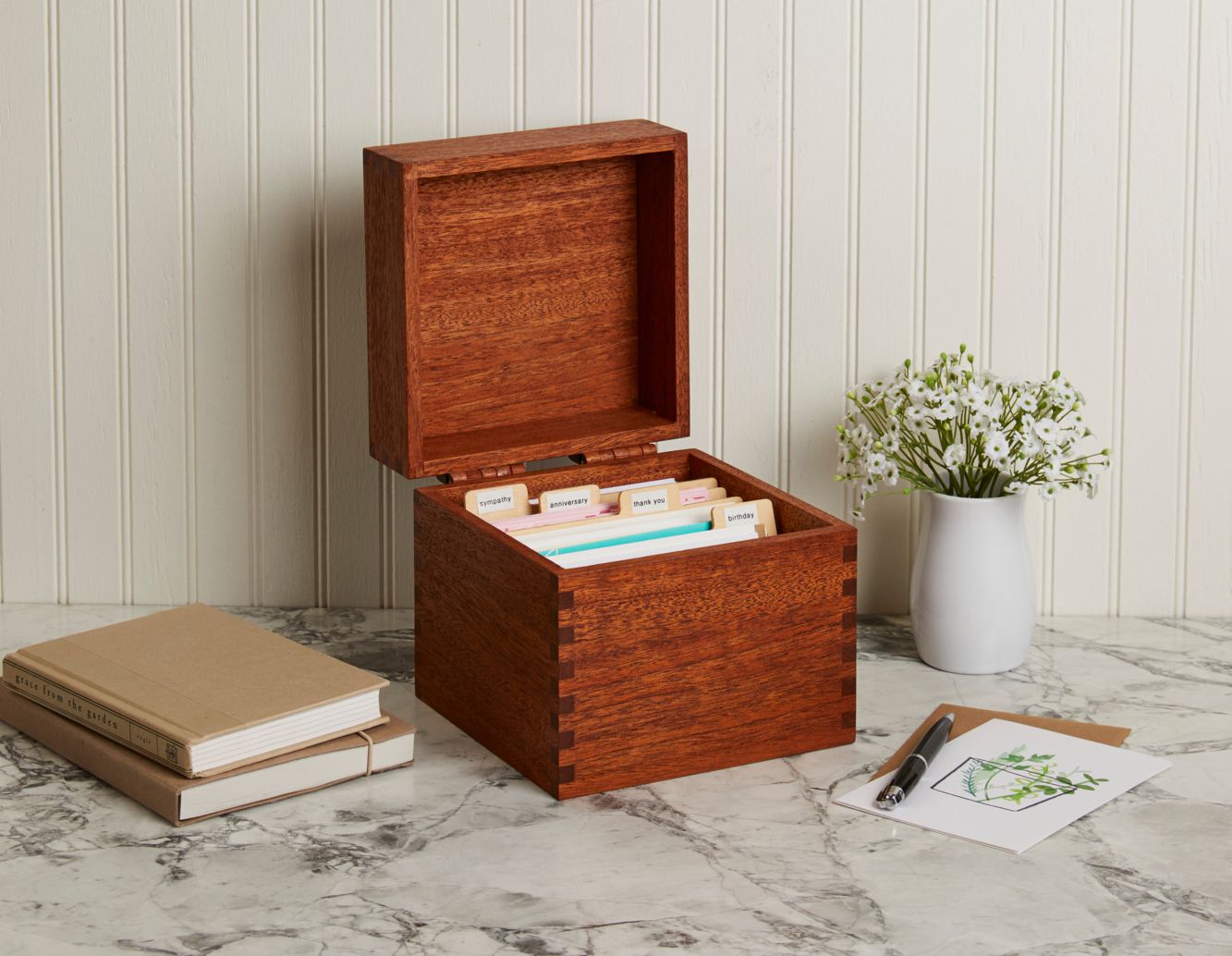

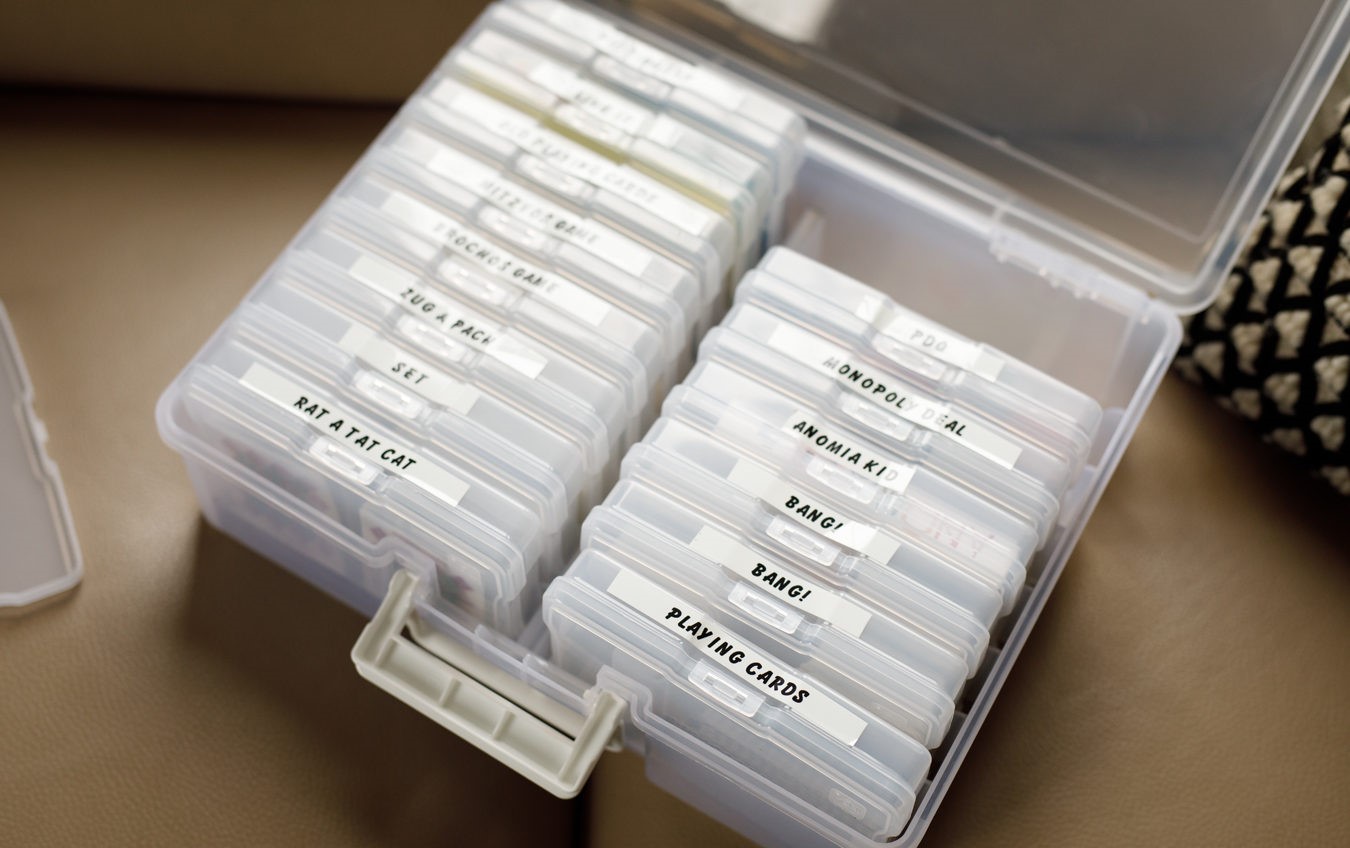
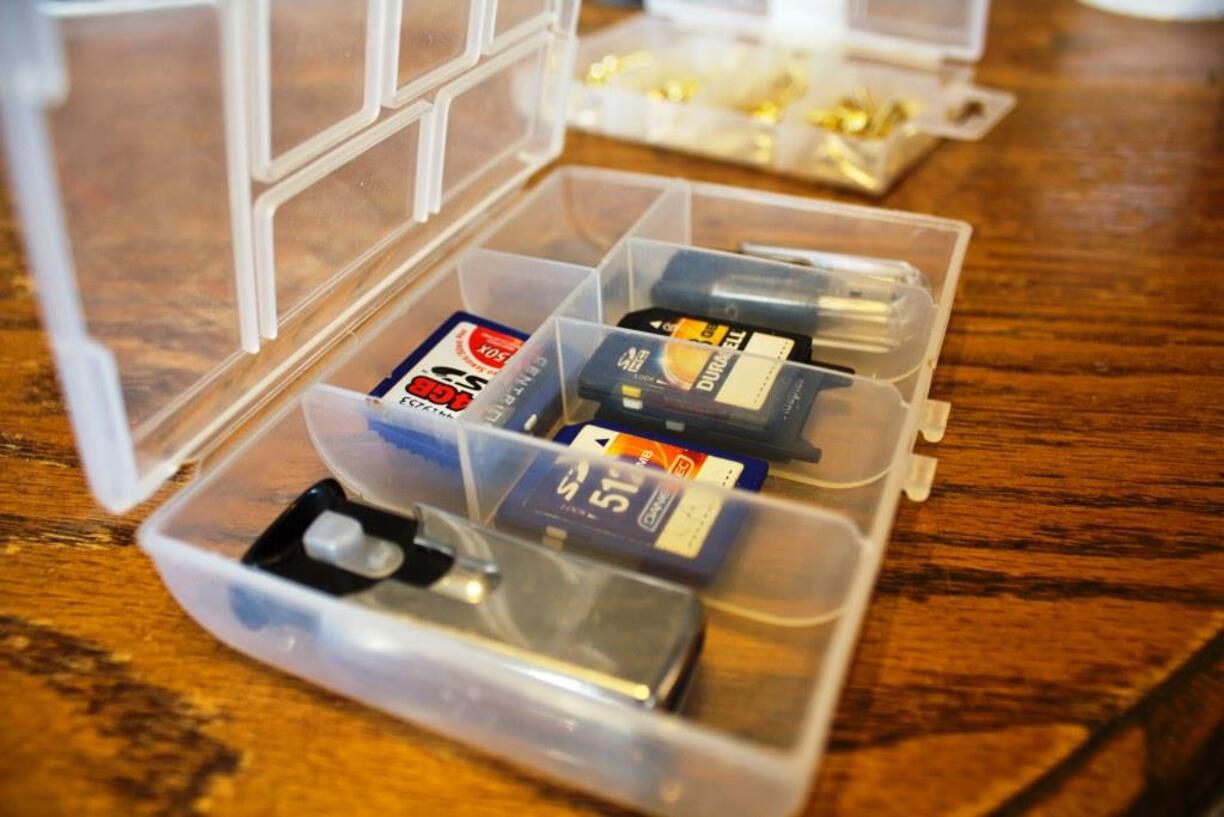

0 thoughts on “How To Store Old Cards And Letters”